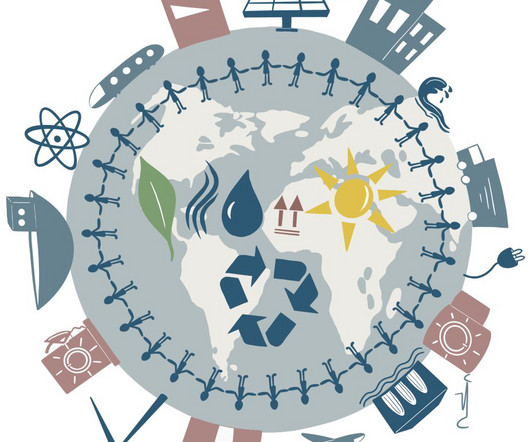Pharmaceutical Shipping: Tips to Lower Transport Spend
Intelligent Audit
JANUARY 5, 2022
By learning about ways to minimize spending on pharmaceutical shipping, companies can better compete in the evolving market. . The State of Shipping Pharmaceuticals in the U.S. The demand for pharmaceuticals in tandem with all e-commerce demand means little available capacity and higher costs for pharmaceutical shipping.
















Let's personalize your content